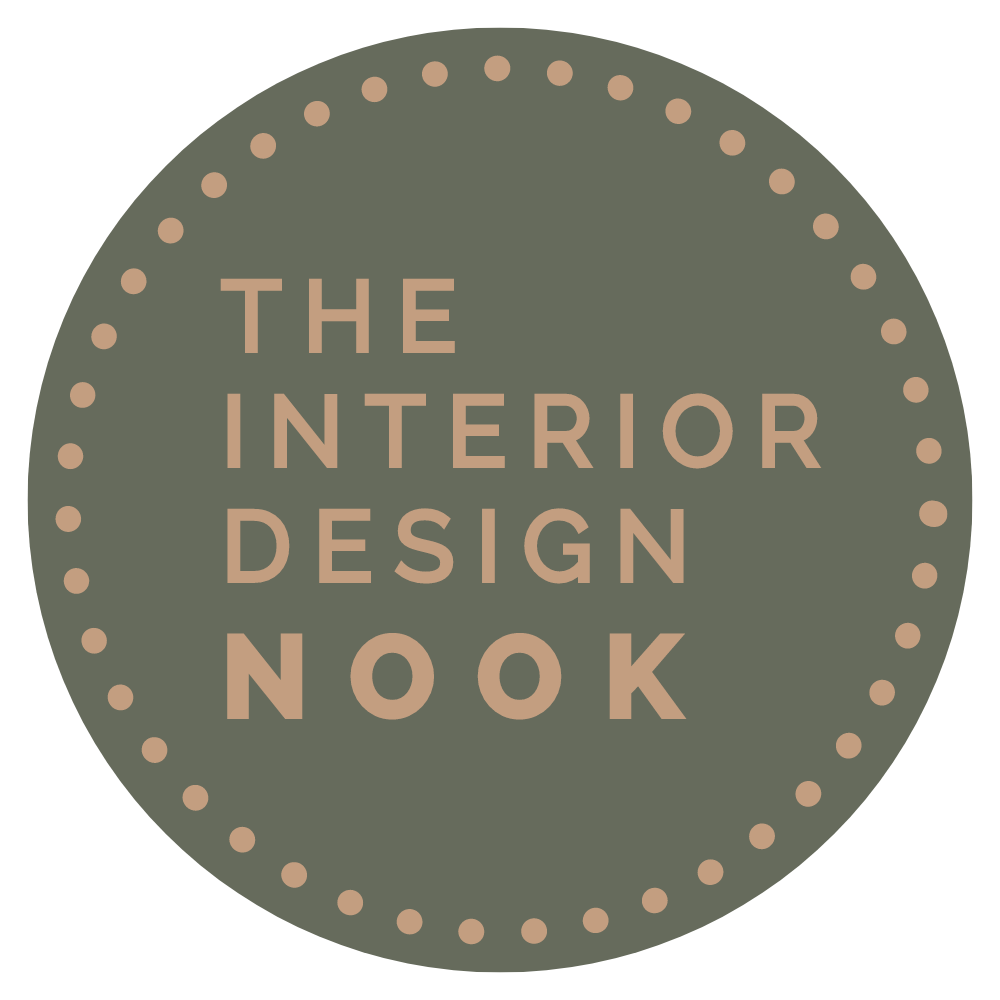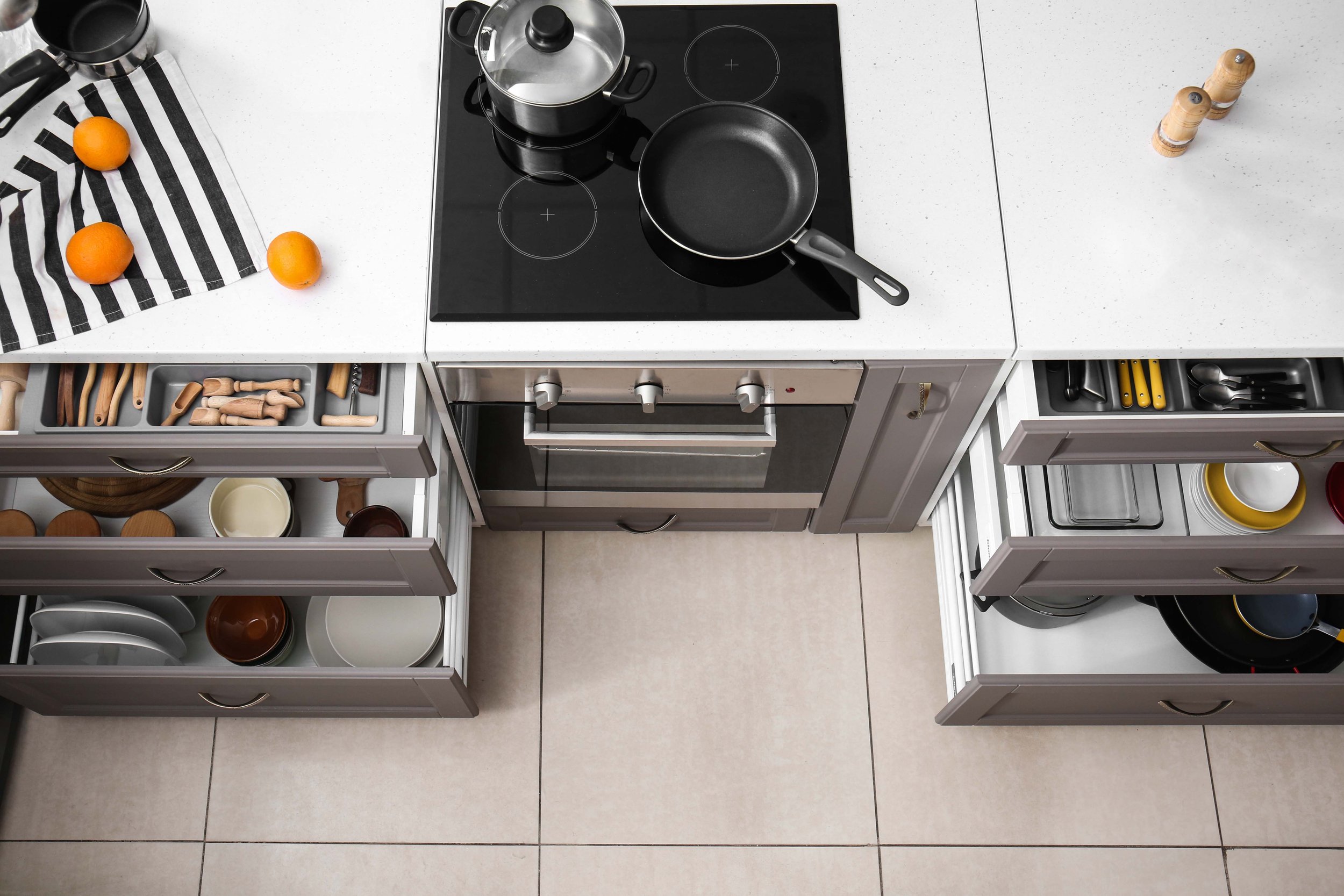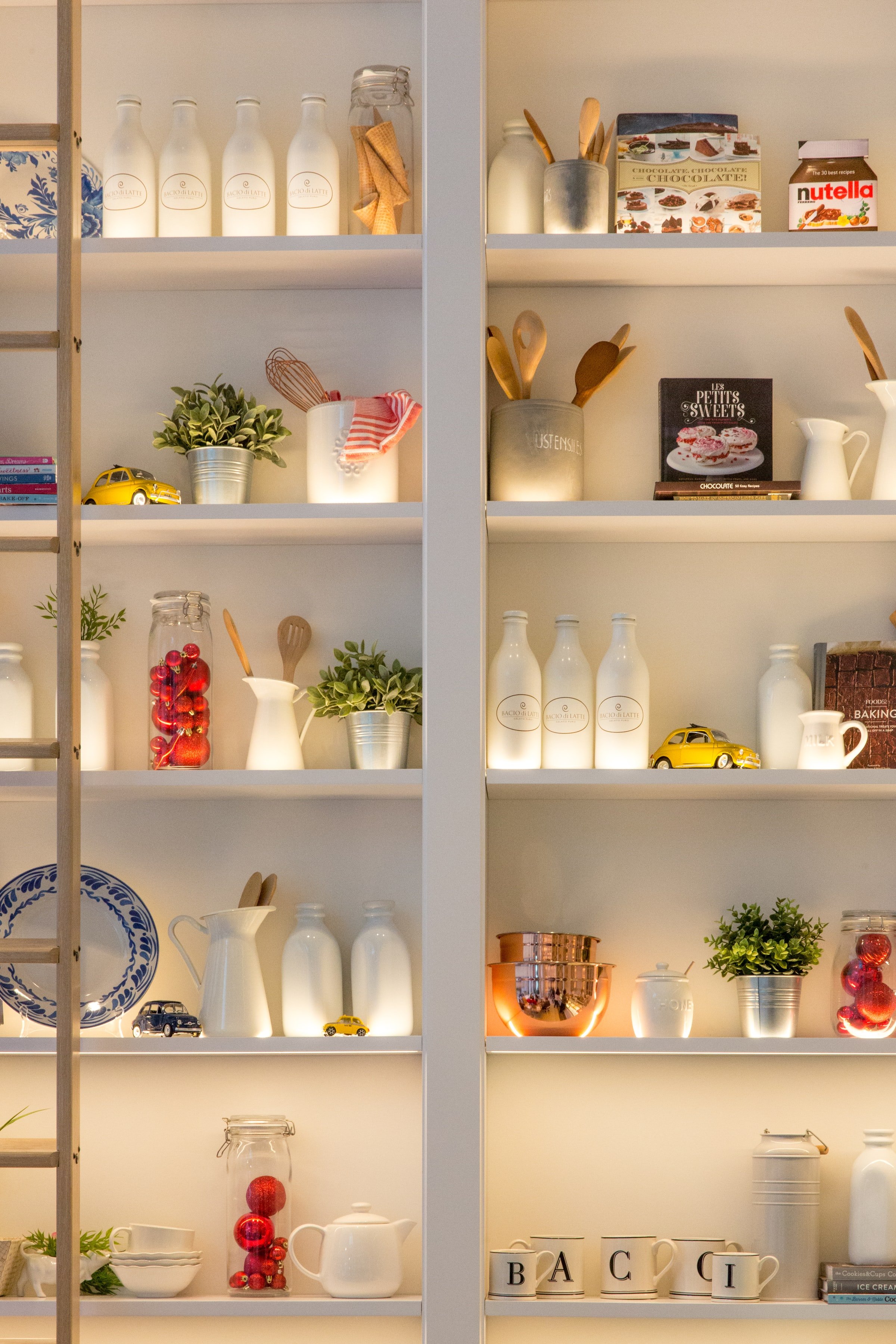The ADHD-Friendly Kitchen
As you will know if you've read my other blogs, I take a personalised approach to interior design (read all about it here) and that's never more important than when designing with neurodiversity in mind.
Having ADHD means you could paint the Sistine chapel whilst learning calculus, but you can't have a shower and make breakfast on the same day, it's too mentally exhausting! ADHD is a dopamine deficiency which results in difficulty with the brain's executive functions - dopamine being the 'feel-good' hormone, part of the brain's reward system. Vital brain functions which affect mood, sleep, memory, learning, concentration, and fine motor skills are influenced by how much dopamine you have in your body.
Whilst just 5% of adults with ADHD are physically hyperactive, most just have a hyperactive mind. This means you have dozens of thoughts happening at once, so it's hard to tune out the noise to concentrate on one thing. It's also easy to get overwhelmed in a visually busy environment where there's a lot to look at.
People with ADHD find it hard to follow a step-by-step process. This kind of 'logical' thinking is illogical for someone with ADHD, as their mind thinks in all directions at once like a star, not in a straight line from A to Z, so focussing enough to follow daily step-by-step routines is mentally exhausting.
The good news is you can design your environment to make these things easier. These ideas won't work for everyone with ADHD as everyone has different issues to face, but hopefully you can dip in and find a few helpful things. On the plus side, this type of organisation works for anyone else whose brain gets a bit foggy too!
Let's look at how you can make your kitchen ADHD-friendly.
Design
Drawers and narrow-depth units. People with ADHD are out-of-site-out-of-mind and rubbish at looking for things which are hidden! They also find it hard to remember organisation systems, so tidy cupboards get messy quickly. They key is drawers, where you get a top-down view of everything, and narrow depth cupboards or shelves, so no item is behind anything else. Make sure your drawers have dividers and aren't over stuffed - I can't emphasise this enough. No utensil should be on top of another utensil.
Clear the worktops. This will minimise visual distraction to help you stay on-task, so make sure the kettle and toaster aren't in your main food preparation zone. Avoid hanging utensils on the wall; put them in an easily accessible drawer instead.
Single-step storage systems. If you're lucky enough to have a pantry cupboard, make sure the drawers are accessed externally because opening a door then opening a drawer is too many steps for the ADHD brain. Likewise, don't have a bin in a cupboard where you then have to lift the lid, get one where the lid lifts automatically as you open the cupboard.
Buy modern appliances. Gas cookers are out - buy an induction hob which is both safer and easier to clean. Make sure all your appliances have timers, but avoid buying things with hundreds of settings (you'll only ever use 1 or 2 settings anyway!). I've written about this before here, but modern dishwashers use less water than washing up by hand. It's a win-win for the environment and for ADHD as stacking a dishwasher is far less effort, with fewer steps in it, than washing up.
Colour psychology. Learn what colours make you agitated and what colours give you a dopamine fix, and use the latter in your kitchen. If you'd like help with this, you can book in with me for a Colour Consultation or use a Design Surgery slot to explore more ideas!
Layout
Face the right way. It's a terrible contradiction - you don't remember something exists if you can't see it, but you can't focus in a visually busy space. Copper pots artfully hanging from beams is probably out (too distracting). However, open storage is actually great for ADHD if it's narrow-depth and well organised (something like a Welsh dresser) but it all needs to be behind you when you're prepping and cooking, not in your line of sight. Try to keep the direction you face bright, airy and uncluttered (i.e. work on a kitchen island or face a window) to help defog the brain.
If you're designing a kitchen from scratch, try to create separate spaces for utility, pantry and cooking. Separating these functions does wonders for clarity of mind, and removes clutter and distraction from your cooking zone.
A utility room allows you to hide the washing up and piles of laundry. Just make sure there's not a long walk from your washing up sink to your crockery cupboard! If you can, put a 0.5 bowl sink in your cooking zone for washing hands and veggies.
A walk-in pantry allows you to have narrow-depth open storage where you can see everything laid out, and might even afford you space to put a slow cooker or blender so that you don't forget to use them.
Avoid putting doors between these spaces (you don't want a case of out-of-sight-out-of-mind), but an open doorway works well. A great way to do this is to create a false wall and divide the space behind it in two, half for utility and half for pantry.
Routine
Have a clear out. People with ADHD are prone to 'collecting' baking equipment and gadgets (shopping = hello dopamine!) so make sure you're not hoarding things you don't need. Don't keep lots of the same item - you're more likely to do the washing up if you only have 2 spatulas!
Colour code and label everything. It's all about visual clues to support your memory and allow it to work faster. Colour code things like the recycling and regular bins. Label every jar so it's easy to remember what's in it. You could even get nice brass label plates on your drawers and label the whole kitchen!
Organise your workspace. It helps to get all the ingredients out at the start when you are cooking, so that you aren't making lots of (distracting) trips to the fridge and store cupboard then forgetting what you went there to find. If you've chopped something up that doesn't get added to the pot straight away, put it in a bowl for when you need it to keep your workspace organised.
Use multiple timers when cooking. Set the timer on the appliances you're using to cook with, but also use your phone or Alexa to remind you to start on the next task. A little bit of time spend setting up at the start will save you time and mean you serve up sooner in the long run.
Use a planner to reduce food waste. Buy a family calendar as these usually have 4 columns. When you unpack the groceries, write all the expiry dates in the first column. In the second column, write down the expiry time for anything you open which has to be consumed in a certain number of days. In the third column you can plan meals based on the expiry dates you've noted. And in the last column, write down anything you've run out of to help you write your shopping list for the next week.





